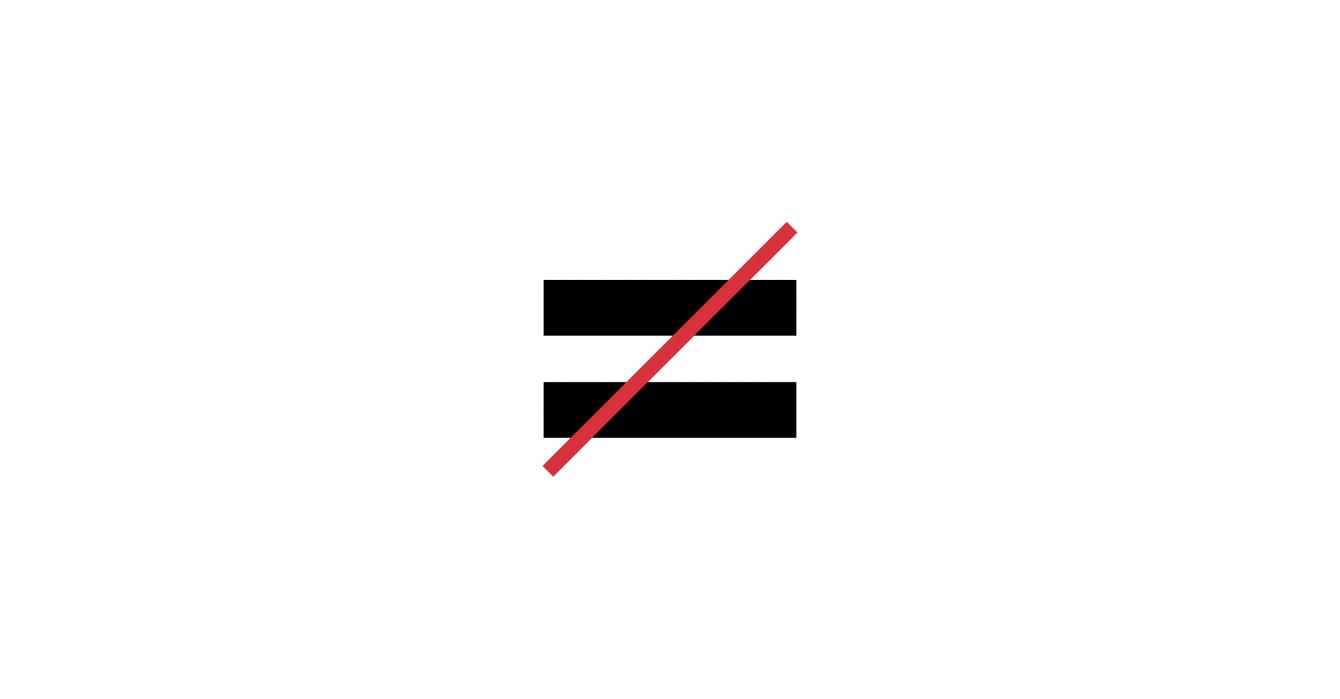Will understanding inequality’s price lead to alternatives?

Wealth gaps are not a new conversation topic to University professor and Nobel Prize-winning economist Joseph Stiglitz. His 1966 doctoral dissertation, complete with hand-drawn graphs, was titled, “Studies in the Theory of Economic Growth and Income Distribution.” Stiglitz's recent research shows income disparities endanger not only the bottom 90 percent but those at the very top, this perilous trend lowering GDP and slowing the economy overall.
Most US wage earners—the bottom 90 percent—have seen wages rise by only 15 percent in the past 30 years. The top one percent, by contrast, has had a wage increase of 150 percent, leaving the one percent controlling some 40 percent of the nation’s wealth. Unregulated financial markets and a lack of transparency contribute to the shocking disparities.
“Once you understand economic inequality, you understand how it impedes economic efficiency and impedes growth. When you have a financial system that preys on the poor, that engages in abusive credit card practices, when you have monopolies making profits and lobbyists getting special corporate welfare for their firms, all these factors weaken our economy for everyone,” said Stiglitz.
Although he is downbeat about current economics, Stiglitz’s research in The Price of Inequality outlines a litany of ways to mitigate the damage of inequality, everything from tax reform to public investment and improved corporate governance and trade balances.
“One of the reasons I wrote the book is to help Americans understand where we are, where we’re going, and to lay out that there is an alternative course. But it will take reforms in our political system and in our economic system,” said Stiglitz. Learn more.
Make Your Commitment Today
